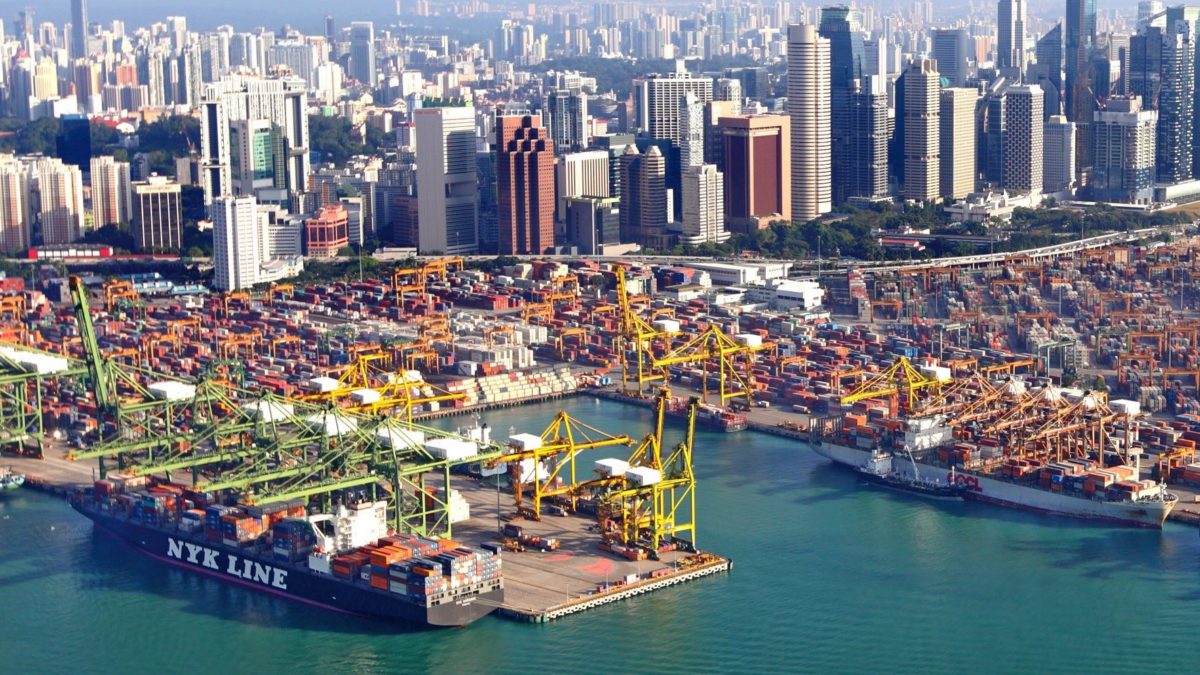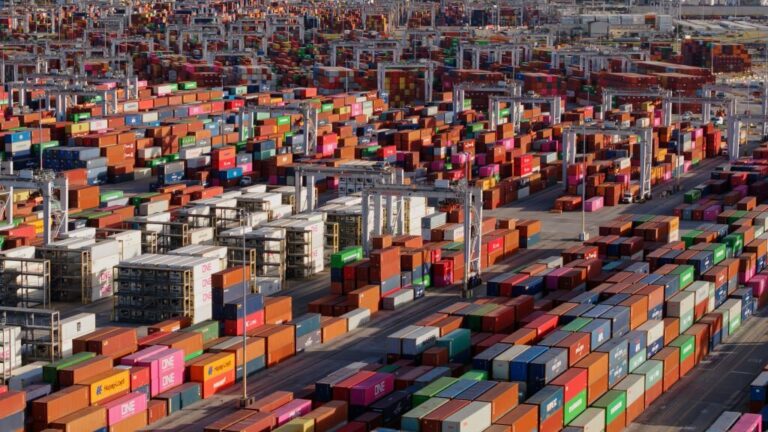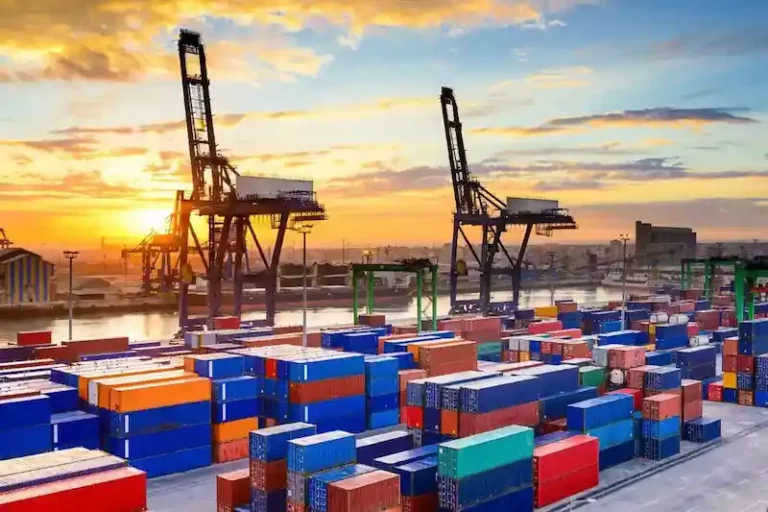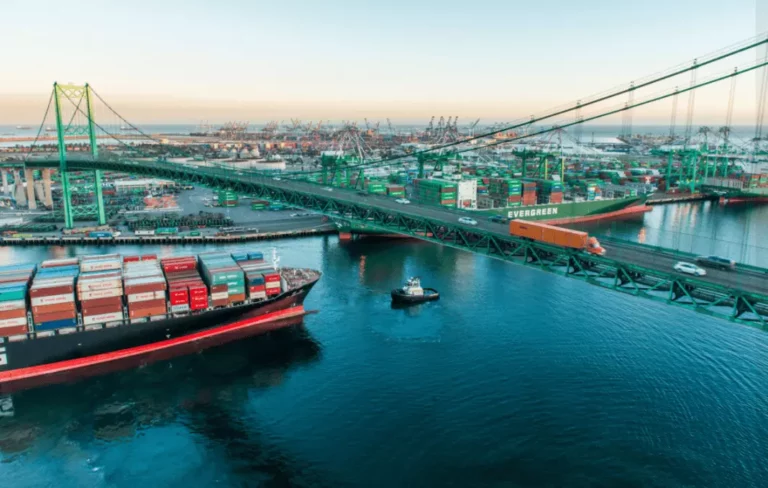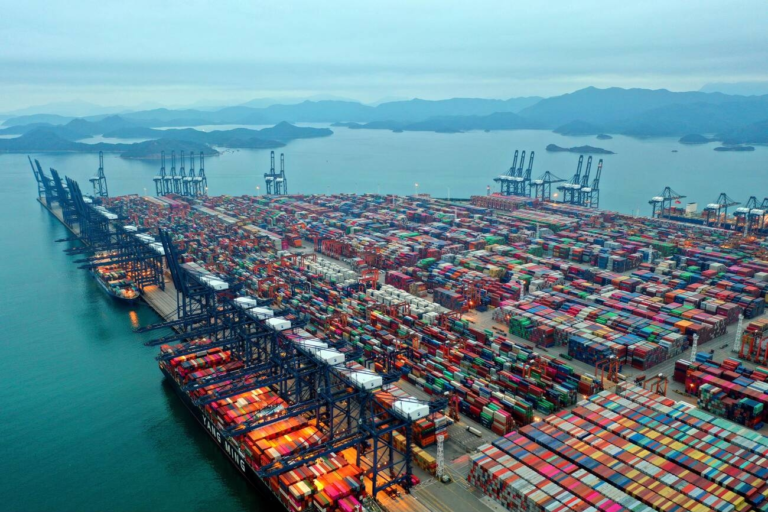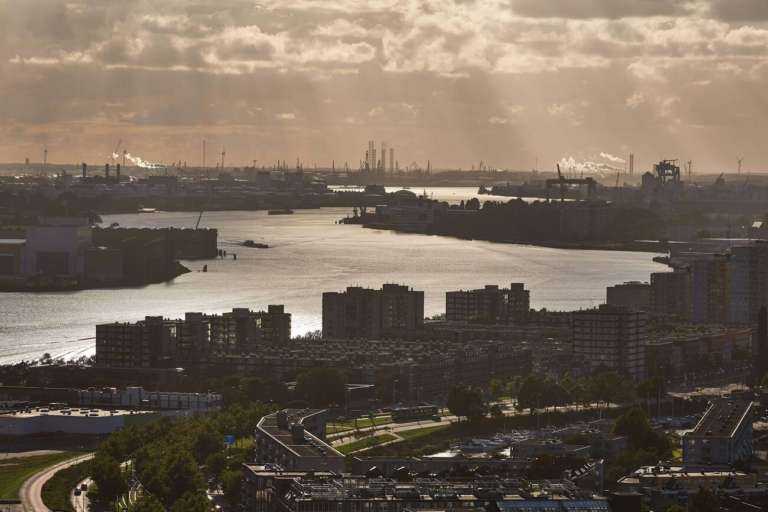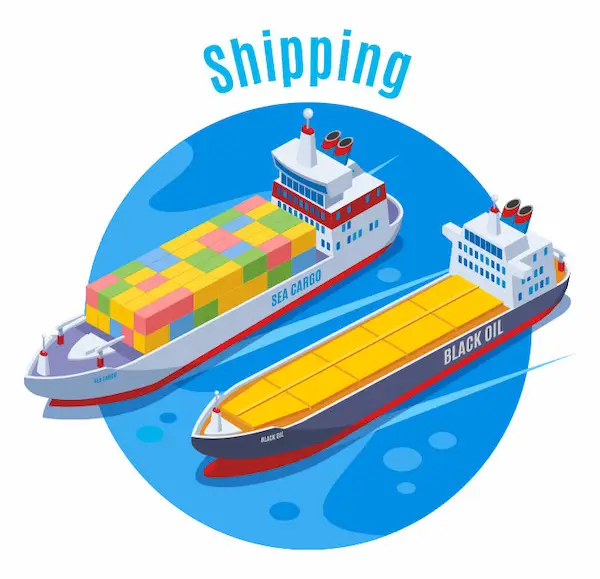The Port of Singapore – The Dynamic Hub
Introduction
Singapore, known for its iconic skyline and bustling city life, is also home to one of the world’s most influential maritime hubs – the Port of Singapore. Strategically located at the crossroads of major shipping routes, this port has earned a reputation as the beating heart of global trade and a critical driver of Singapore’s economic success. Its growth from a humble trading post to a maritime powerhouse is a testament to Singapore’s commitment to continuous development and innovation. In this blog, we will delve into the rich history, cutting-edge infrastructure, economic impact, sustainability initiatives, and future outlook of the Port of Singapore.
A Legacy of Maritime Excellence
The Port of Singapore’s maritime legacy dates back centuries, with the island serving as a trading post for merchants from different parts of the world. However, it was during the British colonial era in the 19th century, under the visionary leadership of Sir Stamford Raffles, that the port began its transformation into a maritime center of strategic importance. Raffles recognized Singapore’s potential due to its sheltered natural harbor, which offered a safe haven for ships navigating the treacherous waters of the Strait of Malacca, a crucial maritime route connecting Europe and Asia.
As maritime trade flourished, Singapore evolved into a melting pot of cultures and economic activities, attracting merchants, traders, and settlers from various parts of Asia and beyond. The port’s strategic location at the southern tip of the Malay Peninsula allowed it to capitalize on the growing trade between Europe and Asia, making it an indispensable stop for ships carrying goods such as textiles, spices, tea, and opium. The completion of the Suez Canal in 1869 further amplified Singapore’s significance as a key maritime hub, reducing travel time between Europe and Asia and solidifying its position as the “Gateway to Southeast Asia.”
State-of-the-Art Infrastructure
Today, the Port of Singapore stands as a testament to modern maritime engineering and innovation. With a vast network of terminals and berths, the port has the capacity to handle millions of containers, bulk cargo, and liquid commodities annually. One of the port’s crown jewels is the Pasir Panjang Terminal, a marvel of engineering that stretches over 4 kilometers and is equipped with state-of-the-art automated cranes and equipment. This cutting-edge terminal facilitates the swift loading and unloading of containers, reducing turnaround times and optimizing operational efficiency.
Beyond its terminals, the port’s strategic investments in technology have elevated it to a league of its own. The use of digitalization, data analytics, and the Internet of Things (IoT) has streamlined logistics and supply chain management, enabling real-time monitoring of cargo movements and ensuring seamless operations. The Smart Port initiative has transformed the Port of Singapore into a model of efficiency, minimizing delays and bottlenecks while ensuring maximum utilization of resources. Additionally, the port’s commitment to safety and security is evident through its continuous efforts to adopt the latest advancements in port management systems and risk mitigation strategies.
Powering the Global Economy
As a global maritime hub, the Port of Singapore plays an indispensable role in international trade, connecting continents and facilitating the flow of goods across the world. The port’s strategic location along major shipping routes has turned Singapore into a vital transshipment hub, where cargo from various origins is consolidated, transshipped, and redistributed to destinations worldwide. This strategic advantage has attracted major shipping lines and logistics providers to establish a strong presence in Singapore, further solidifying its position as a premier global shipping center.
The port’s efficiency and reliability have also made it the preferred choice for industries such as manufacturing, electronics, and oil and gas. Singapore’s well-developed infrastructure, coupled with its business-friendly policies and political stability, create an attractive ecosystem for multinational corporations to establish regional headquarters and distribution centers. Moreover, the port’s Free Trade Zones and efficient customs procedures enhance the ease of doing business, encouraging foreign companies to leverage Singapore as a regional gateway to tap into the vast markets of Southeast Asia and beyond.
As a key driver of Singapore’s economy, the Port of Singapore contributes significantly to the country’s Gross Domestic Product (GDP) and provides thousands of jobs in various sectors, including shipping, logistics, and maritime services. Its robust economic impact ripples throughout the country, supporting ancillary industries and contributing to Singapore’s reputation as a global financial and trade hub.
Leading the Way in Sustainability
Recognizing the importance of environmental stewardship, the Port of Singapore has taken proactive steps to become a leader in sustainability within the maritime industry. Given its sheer scale of operations, minimizing the environmental impact is crucial to ensuring a sustainable future for the port and the broader maritime ecosystem.
One of the port’s notable sustainability initiatives is the implementation of shore-to-ship power technology, also known as cold ironing. By connecting berthed vessels to onshore power supplies instead of running their engines, this initiative significantly reduces emissions, enhancing air quality and mitigating the port’s carbon footprint. Additionally, the port has invested in energy-efficient infrastructure, including LED lighting and eco-friendly buildings, to reduce energy consumption.
Beyond its immediate operations, the Port of Singapore actively collaborates with industry stakeholders, academia, and government bodies to foster innovation and drive sustainable practices. It supports research and development projects focused on green technologies, alternative fuels, and eco-friendly vessel designs. The port’s commitment to promoting environmentally responsible practices extends to partnering with shipping companies to incentivize the adoption of cleaner and more fuel-efficient vessels.
Singapore’s dedication to sustainability extends beyond its shores, with efforts to protect and preserve marine biodiversity and ecosystems. The port implements strict regulations to prevent pollution and minimize environmental degradation. Moreover, Singapore actively engages in international efforts to combat climate change and supports global initiatives to reduce shipping emissions, such as the International Maritime Organization’s (IMO) ambitious targets for greenhouse gas reduction.
Navigating Challenges and Charting the Future
Despite its remarkable achievements, the Port of Singapore faces various challenges in an ever-evolving maritime landscape. Competition from neighboring ports and emerging maritime hubs in the region poses a continuous threat to Singapore’s dominance. To stay ahead, the port must remain agile and adaptive, leveraging its reputation for efficiency and innovation to attract new business and retain existing customers.
In addition to regional competition, geopolitical uncertainties and trade disruptions present unique challenges for the port. As global trade dynamics undergo shifts, the port must anticipate and respond effectively to changing trade patterns and geopolitical events. Collaboration with international partners and ongoing dialogues with industry stakeholders are essential to navigate such complexities successfully.
To maintain its leading position, the Port of Singapore has charted an ambitious course for the future. Long-term infrastructure development plans, such as the Tuas Mega Port project, will further enhance the port’s capabilities, solidifying its position as a global maritime giant. Embracing emerging technologies, such as blockchain, artificial intelligence, and autonomous vessels, will allow the port to maintain its competitive edge in the digital era.
Moreover, Singapore is committed to enhancing connectivity and strengthening partnerships through initiatives like the Belt and Road Initiative (BRI) and the ASEAN Single Window. By fostering collaborations with neighboring countries and participating in regional economic initiatives, Singapore aims to enhance trade flows and unlock new growth opportunities for the maritime industry.
Cargo Volume
The Port of Singapore is renowned for its massive cargo handling capacity, making it one of the world’s busiest and most efficient ports. Annually, the port handles a staggering volume of cargo, which includes containers, bulk commodities, and liquid shipments. In recent years, the port has consistently ranked among the top ports globally in terms of total throughput.
Singapore’s strategic location along major shipping routes has contributed significantly to its cargo volume. As a critical transshipment hub, the port plays a key role in connecting goods from Asia, Europe, and other parts of the world. The well-developed and state-of-the-art infrastructure, coupled with streamlined logistics and supply chain management, ensures swift and seamless cargo movement through the port.
The ability to handle diverse types of cargo efficiently has further boosted the Port of Singapore’s reputation. With specialized terminals for containers, dry bulk, liquid bulk, and roll-on/roll-off (Ro-Ro) cargo, the port caters to a wide range of industries and cargo requirements, attracting businesses from various sectors to utilize its services.
Top Imports and Exports
The Port of Singapore’s extensive trade network has contributed to a dynamic mix of imports and exports. As a major trading hub, the port handles a vast array of commodities, facilitating the exchange of goods between regions.
Some of the top imports include machinery, electronics, petroleum, chemicals, and mineral fuels. Singapore’s status as a regional manufacturing and distribution center drives the import of raw materials and intermediate goods, which are processed or assembled for further export.
On the export front, Singapore is a leading player in the global re-export market. Products such as electronics, machinery, pharmaceuticals, and petrochemicals dominate the export sector. Additionally, Singapore’s thriving offshore and marine engineering industry contributes significantly to the export of specialized equipment and vessels.
The port’s prominence as a global commodity trading hub also results in substantial re-exports of commodities like iron ore, coal, and refined petroleum products to various countries.
Security and Compliance
The Port of Singapore places paramount importance on security and compliance to ensure smooth operations and safeguard international trade. Singapore maintains a robust port security framework, adhering to international standards and collaborating closely with maritime authorities worldwide.
The Maritime and Port Authority of Singapore (MPA) is responsible for enforcing strict security measures in accordance with the International Ship and Port Facility Security (ISPS) Code. The port implements rigorous access control, cargo screening, and vessel security protocols to prevent security threats and potential risks.
Singapore’s commitment to compliance extends beyond security measures. The port adheres to various international conventions and regulations, including those related to safety, environmental protection, and customs procedures. Singapore’s compliance with these standards ensures a transparent and reliable business environment for its stakeholders, enhancing its credibility as a global maritime hub.
Interesting Facts about the Port of Singapore:
- The Port of Singapore is often referred to as the “Lion City’s Gateway to the World,” reflecting its critical role in connecting Singapore to the global economy.
- Singapore is one of the few ports worldwide that operate 24/7, allowing for continuous cargo handling and vessel movements.
- The port’s Pasir Panjang Terminal, among the largest container terminals globally, can accommodate mega-ships of up to 24,000 twenty-foot equivalent units (TEUs).
- The Port of Singapore has won numerous awards and accolades, including the “Best Seaport in Asia” and “Best Global Container Port” titles from various industry publications.
- Singapore has actively promoted sustainable practices and environmental stewardship, being one of the early adopters of shore-to-ship power technology in Asia.
- The port’s maritime heritage is celebrated through landmarks such as the Maritime Experiential Museum and the iconic Merlion, a half-lion, half-fish statue symbolizing Singapore’s maritime roots.
- Singapore’s port precinct is a vibrant industrial ecosystem, featuring an array of maritime-related businesses, ranging from shipbuilding and repair yards to marine engineering and logistics companies.
- The Port of Singapore plays a crucial role in the Singaporean Navy’s operations, serving as a base for naval vessels and providing essential logistical support.
